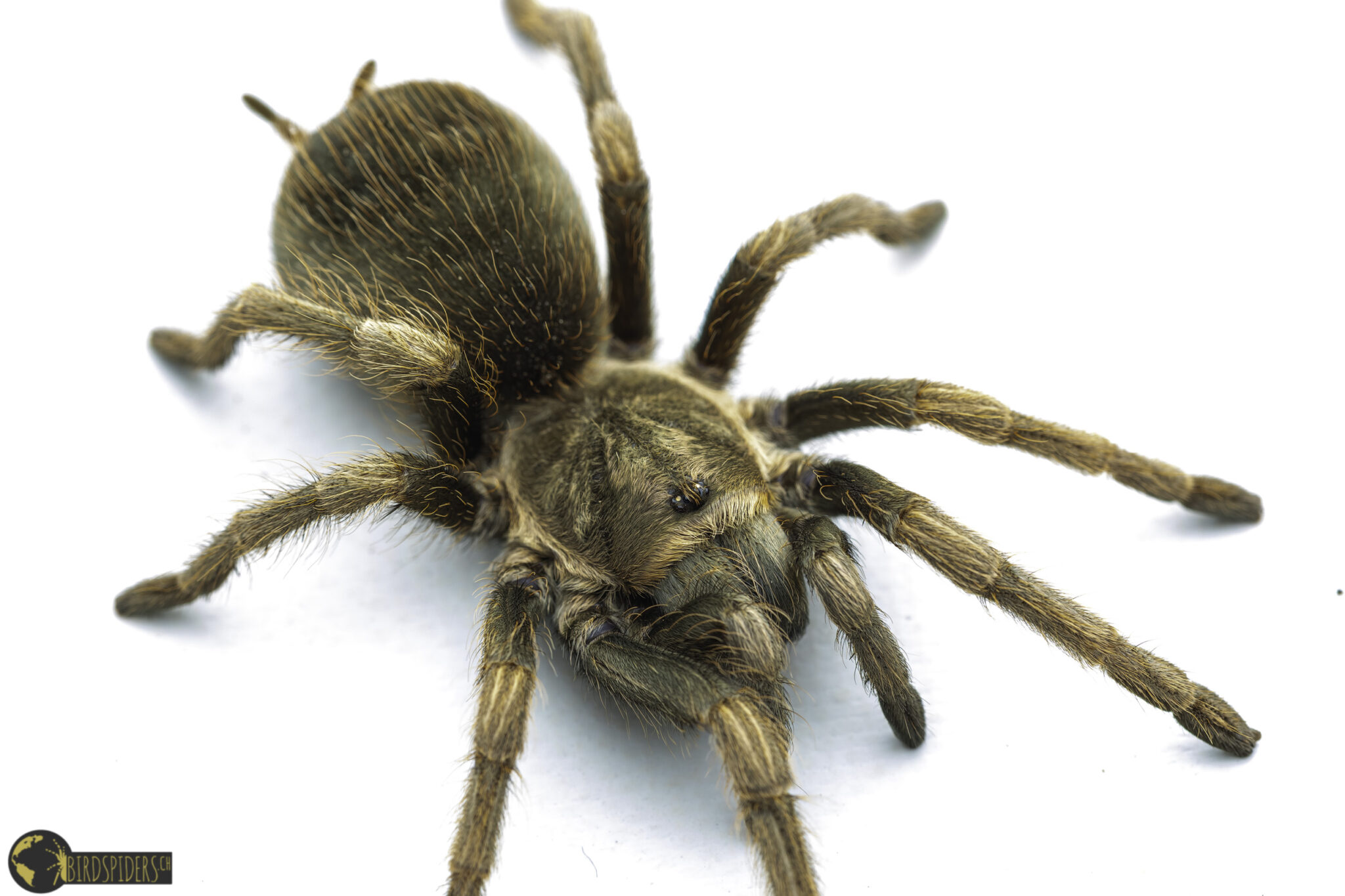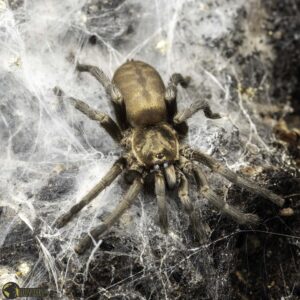Overview
Meet the captivating Lasiodorides polycuspulatus, commonly known as the Peruvian Blonde tarantula! This beautiful light-colored species hails from the drier forested regions of Peru and Ecuador. Known for its slow growth and vibrant colors after molting, the Peruvian Blonde tarantula is a fascinating addition to the tarantula community and exotic pet enthusiasts. Its calm demeanor and unique habitat make it a subject of interest for both hobbyists and conservationists alike.
Natural History of the Peruvian Blonde Tarantula
The Peruvian Blonde tarantula is a ground-dwelling species native to Peru and Ecuador. It thrives in drier forest environments, which influence its care requirements and behavior. This tarantula grows slowly, reaching an adult size of about 8 cm (3.1 inches) in carapace length. After molting, juveniles display vibrant colors that make them especially attractive to arachnid photographers and enthusiasts.
In the wild, these tarantulas are mostly nocturnal and tend to stay hidden, making them rarely visible. Their feeding behavior is generally reserved, and they are not overly aggressive, which adds to their appeal as pets. However, like many tarantulas, they can show defensive behavior if threatened.
Taxonomy & Systematics of Lasiodorides polycuspulatus
Lasiodorides polycuspulatus was first described in 1997 and belongs to the family Theraphosidae. The genus Lasiodorides includes several species native to South America, with this particular species being notable for its distinctive light coloration and habitat preferences.
- Scientific Name: Lasiodorides polycuspulatus
- Common Name: Peruvian Blonde tarantula
- Origin: Peru and Ecuador
- Habitat: Drier forested regions
- First Described: 1997
Husbandry of the Peruvian Blonde Tarantula
Keeping Lasiodorides polycuspulatus requires attention to its natural habitat conditions. Since it originates from drier forest areas, the enclosure should maintain a balance between dry and moderate humidity levels. A terrarium with a floor space of approximately 30 x 40 cm (12 x 16 inches) is suitable for an adult tarantula.
Here are some husbandry tips for this species:
- Substrate: Use a dry to moderately moist substrate to mimic its natural environment.
- Temperature: Maintain temperatures around 24-28°C (75-82°F) to ensure comfort and health.
- Humidity: Moderate humidity is preferred, avoiding overly wet conditions.
- Feeding: Feed a diet of insects; the tarantula is a moderate eater with a calm feeding behavior.
- Behavior: Generally calm and not overly aggressive, making it suitable for hobbyists with some experience.
Growth is slow, so patience is key when raising juveniles. After molting, their vibrant colors become more pronounced, adding to their visual appeal. Regular observation helps ensure their health and well-being.
References
- Chris & Miro. “Lasiodorides polycuspulatus Species Profile.” [Online] Available at: /Artenprofile/Lasiodorides\_polycuspulatus/
- Peruvian Blonde Tarantula Care Guide, Exotic Pets Community, 2024.
- Theraphosidae Family Overview, Arachnid Conservation Journal, 2023.






